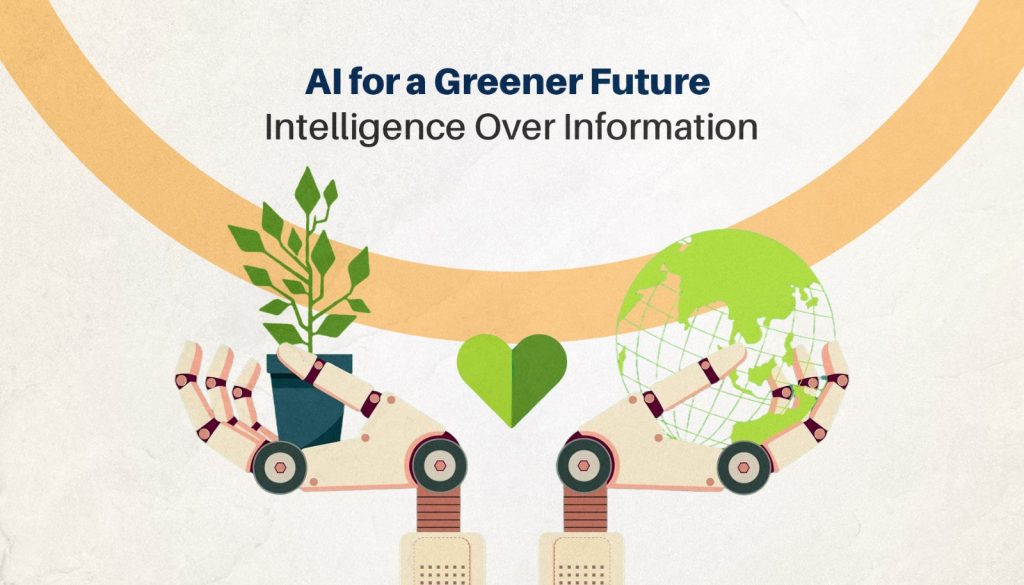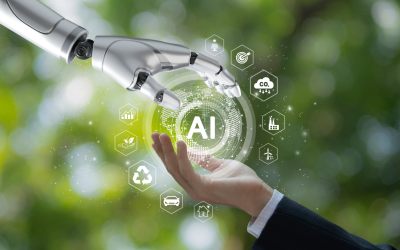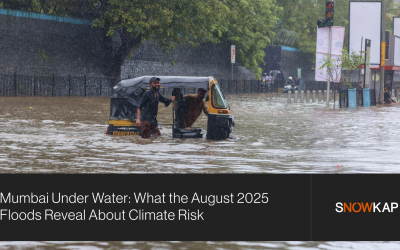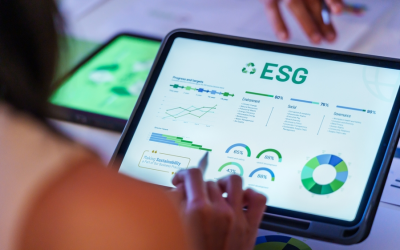AI for a Greener Future
Sustainability and data teams juggle mountains of numbers every day. Meter readings arrive in spreadsheets. Sensor logs stream in JSON. Supplier ESG questionnaires come as PDFs. Compliance records sit in database tables. Turning all that information into true intelligence calls for an AI-first approach. In this post we’ll explore how a solid data infrastructure for AI drives sustainability analytics, ensures sustainability compliance and respects data sovereignty. We’ll include real examples and a Snowkap story to make it concrete.
The Problem with Raw Sustainability Data
Imagine your team spends 60 percent of its time cleaning data. Energy readings need unit conversions. Water logs have missing timestamps. Supplier disclosures vary by format and language. Meanwhile regulators expect precise figures and investors demand transparency. Traditional data pipelines buckle under the volume and variety: hundreds of facilities, thousands of suppliers, multiple frameworks. You end up with outdated dashboards and late reports.
Building Data Infrastructure for AI
A scalable architecture tackles these challenges at every layer.
Think in three tiers:
Ingestion and Storage
First, you need a reliable repository. Object stores handle raw files at scale. Streaming platforms capture real-time sensor feeds. Metadata tags record source, timestamp and region to support data sovereignty requirements.
Processing and Governance
Next, a processing layer applies machine learning models to normalize units (kilowatt-hours, cubic meters, metric tons of CO₂e) and validate entries. A governance engine enforces policies: who can see HR metrics, where data must reside, how long to retain records.
Analytics and Serving
Finally, curated datasets land in time-series databases or columnar warehouses. APIs serve dashboards, reporting tools and AI models. That foundation lets you focus on analysis instead of data wrangling.
Turning Data into Sustainability Analytics
With clean, trusted inputs you can build powerful analytics:
- Consumption Forecasting, where time-series models predict next-month energy demand based on weather patterns and production schedules. In one pilot, a mid-size paper mill cut its spot-market energy costs by 10 percent.
- Anomaly Detection, where statistical techniques flag deviations such as a 200 percent jump in water flow caused by a leaking valve. Fixing that valve saved 1.2 million liters per year.
- ESG Supply Chain Insights, where procurement spend links to supplier emissions estimates to approximate Scope 3 impact. A European apparel brand identified its top 30 carbon-intensive suppliers and reduced indirect emissions by 7 percent in nine months. For more on managing environmental impact across tiers see our guide to ESG supply chain.
These analytics turn raw inputs into clear priorities for operations teams and procurement managers.
Ensuring Sustainability Compliance
Regulators now demand granular disclosures under frameworks such as GRI, SASB or regional rules like the EU’s CSRD. An AI-first platform simplifies compliance in three ways:
- Automated Mapping
Models map validated metrics to framework indicators. You no longer manually translate raw numbers into required fields. - Audit Trails
Each transformation step is logged. When an auditor asks how you calculated total Scope 2 emissions, you can point to specific data pipelines, quality checks and model versions. - Policy Enforcement
Access controls, anonymization routines and retention rules guard sensitive data. You meet GDPR, CCPA and sector-specific mandates without writing custom scripts.
By automating these tasks, teams cut manual reporting time by up to 75 percent and avoid costly compliance penalties.
Respecting Data Sovereignty
Global organizations face data-residency laws and privacy regulations. A modern solution treats sovereignty as a core design principle:
- Regional Zones, where data lives only in its jurisdiction: EU data stays in EU clusters, APAC data in APAC clusters.
- Attribute-Based Access, where roles determine what each user can see: analysts in one country view anonymized aggregates, local teams get full context.
- Customer-Managed Encryption, where each region controls its own keys and rotation policies.
Embedding these controls prevents legal headaches and builds stakeholder confidence.
Integrating a Sustainability Management Platform
A turnkey sustainability management platform brings these layers together. Key capabilities include:
- Pre-built connectors for 40+ utility and IoT vendors
- ML models for unit normalization, scope classification and anomaly detection
- A policy engine for data governance and regional enforcement
- Dashboards, APIs and report generators for board decks and regulatory filings
Organizations that adopt such a platform report a 60 percent reduction in data-prep time and a 20 percent boost in metric accuracy. For a hands-on look at feature sets and benefits visit our sustainability management platform.
Investing in data infrastructure for AI transforms scattered records into strategic intelligence. With automated pipelines, rigorous governance and adaptable analytics you can accelerate sustainability analytics, ensure compliance and respect data sovereignty. For a deeper dive into how this works in practice, visit Snowkap and explore our sustainability software.
FAQs
Q1: What makes sustainability data different from other operational data?
Sustainability data spans many domains: energy, water, waste, emissions and social indicators. It arrives in mixed formats and often requires specialized conversion factors and external emission databases.
Q2: How can AI-First architecture improve sustainability analytics?
By automating data ingestion, normalization and anomaly detection, AI-First systems reduce manual effort and surface insights faster. Teams spend less time fixing errors and more time driving improvements.
Q3: What is data sovereignty and why does it matter for sustainability platforms?
Data sovereignty ensures that information resides and is processed within the jurisdictions required by law. It matters because laws like GDPR and China’s Data Export Rules impose strict residency and privacy requirements.
Q4: Can small or mid-size organizations adopt this approach without a large IT team?
Yes. Many platforms offer managed services with plug-and-play connectors and pre-trained models. You can start with a single data domain such as energy or water and expand gradually.



